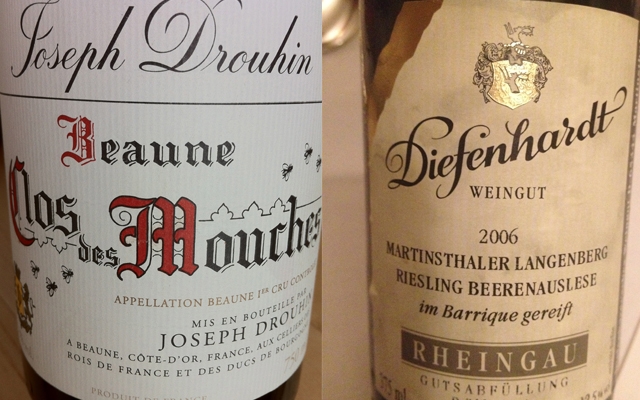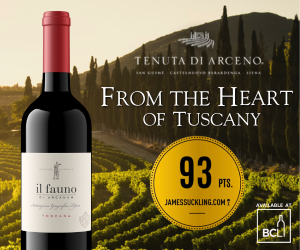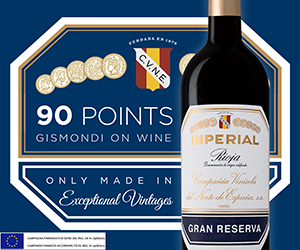It’s a new year in wine and maybe time for a new approach, at least when it comes to selecting wine and — dare I say — remembering what it was you tasted last night.
Almost all the information you need to taste a wine is on the label; all you need do is pay attention to it when you are buying the wine; and perhaps even more important, make an even stronger connection with the label, and the bottle, and the taste when you are drinking it.
Imagine paying attention for a minute or two after you have dropped $15, $25 or maybe even $40 for a bottle just minutes earlier. It’s not as onerous as it sounds and it could result in a much more pleasurable experience. Think of it as money better spent.
So how can you yield the most out of the wine you drink? What are the keys to choosing a bottle of wine and really understanding what it is you have in front of you? Read the label before you do anything.
If you don’t like high-alcohol red wines, why would buy a wine that is 15- or 16-per-cent alcohol? Every bottle has the alcohol content printed on the label so this is an easy check. The long-term solution is to note that wines from very warm regions tend to naturally have higher alcohol than those that come from very cool sites. In general less heat, means less sugar and that means less alcohol after fermentation.
Try paying more attention this year to the producer than the grape or the blend. There is no under-estimating that knowing something about a grower can be extremely useful when buying wine. It doesn’t mean shunning an unknown grower/producer but all things being equal — say price and vintage — it is often safer to choose a bottle from a known leader in the region. The upside of coming to understand a producer is you come to understand the winemaking and the flavours of the site. At this point you can begin to think about the bigger picture, such as texture, weight, length and complexity and less about the grapes and the colour of the wine.
In British Columbia the more you know about the Enns, David and Cynthia at Laughing Stock, or winemaker Darryl Brooker at CedarCreek or grower Mathieu Mercier at Osoyoos Larose, the stronger your connection, and the greater your understanding, of the property will be. That kind of confidence should inspire you to explore all their wines with more interest. Once you master a winery or two on the same bench, you can really dial in the nuances of the sub-region or appellation.
I’m a vintage freak no matter what I’m spending on a bottle of wine and it doesn’t take much to learn a bit about current vintages. For instance, 2014 was an excellent vintage in the Okanagan Valley, certainly better than 2010 and 2011 but where does it stand when it comes to 2012 and 2013? Who knows just yet but that’s why we taste and pay attention to the year every time we taste a wine. As for the date, the vintage will tell you how old or how young a wine is, giving you more keys about to what to expect when you age or pour the wine. In the case of many fine red wines, 7-10 years is a normal amount of time it can spend in bottle before it begins to hit its stride.
You will need more specific knowledge of appellations or classified wines if you want to know what is in bottles of European wines but with a little reading and a bit of memory, much can be revealed. For instance, In Italy, DOCG Barolo means it is made with the nebbiolo grape. AOC Burgundy means pinot noir (red) or chardonnay (white).
On another level, many sites or vineyards are classified. Terms such as Grand Cru, Premier Cru point you to the best terroir in the region. Knowing which terms are clues to a wine’s pedigree is always worthwhile. It takes a lifetime to embrace this information but you need to start somewhere. How does 2015 sound as a starting time?

 quicksearch
quicksearch






